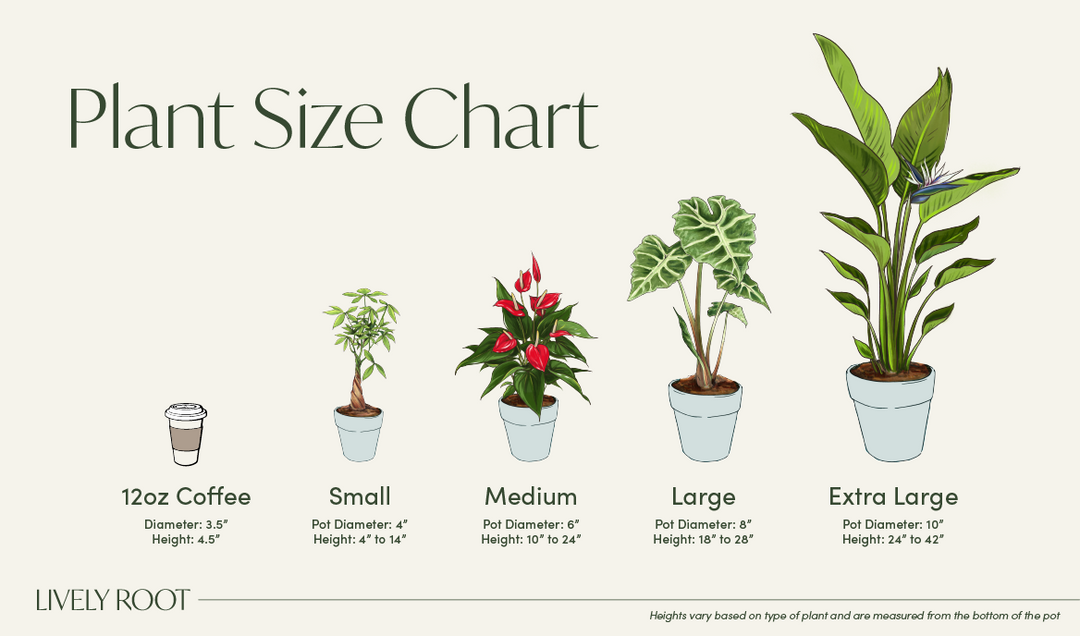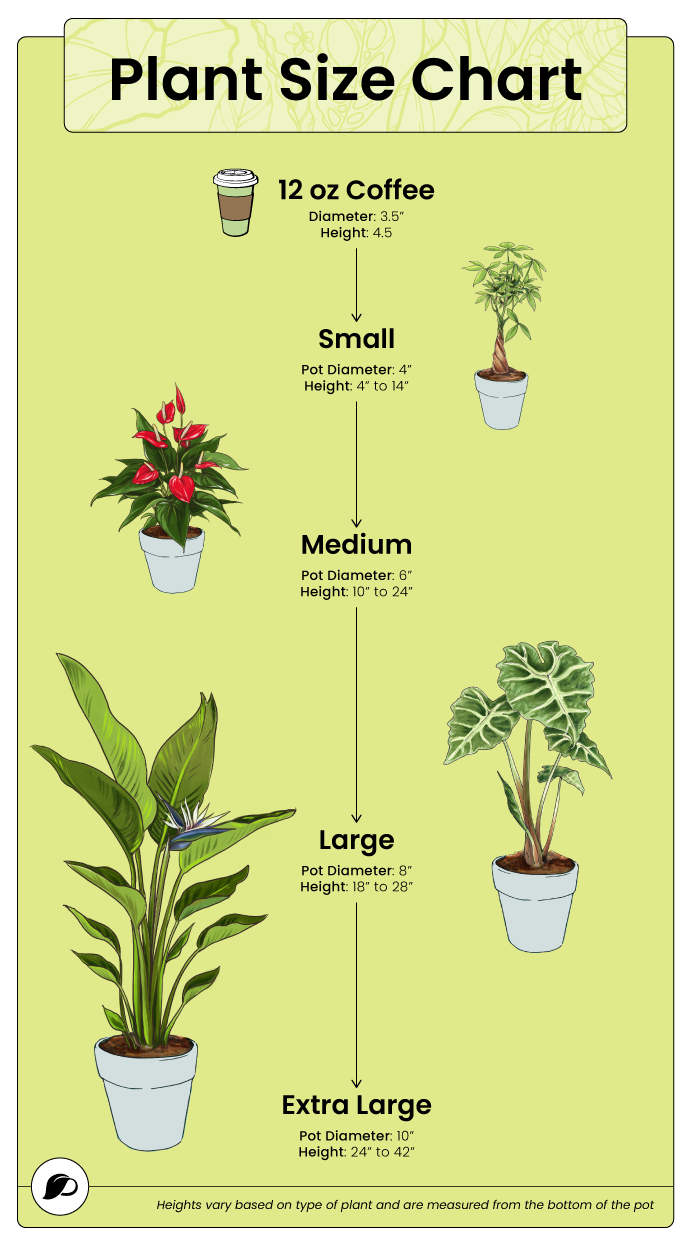This plant prefers bright, indirect light to promote blooming!
Aeschynanthus radicans Care Guide

Lipstick Plant Care & Buying Guide
Lipstick Plant: Overview
The Lipstick Plant (Aeschynanthus radicans) is a gorgeous epiphytic vine with glossy pointed leaves and arched, trailing stems. It’s an ideal choice for hanging baskets, as the Lipstick Plant leaves are very decorative and it produces fabulous red blooms. The flowers of the Red Lipstick Plant look like tiny tubes of lipstick, giving it a festive and fun look.
Also known as the Lipstick Vine, this charming indoor plant is semi-succulent, which makes it fairly drought-resistant. The Lipstick Vine Plant belongs to the Gesneriaceae family and is native to Malaysia and Thailand, where it grows on trees, like orchids or bromeliads. Many Lipstick Plant varieties have pink, orange, yellow, or purple flowers, while other types of Lipstick Plant also have curly, twisted leaves.
This lovely tropical vine is suitable for growing outdoors in USDA hardiness zones 10-12. While it only grows about 16 inches tall, an indoor Lipstick Plant can grow vines that reach up to 3 ft. in length, given the proper care. This plant enjoys plenty of bright but indirect sunlight and is moderately easy to care for. It’s also a non-toxic, pet-friendly plant.
The beautiful Lipstick Plant symbolizes charm, passion, and love. Its flowers attract butterflies and hummingbirds, making it a perfect plant for encouraging and enjoying pollinators in your garden.
Lipstick Plant: Benefits
- Relatively easy to care for and drought-tolerant
- Improves indoor air quality, acting as an air purifier
- Great gift plant
- Gorgeous red blooms that last for weeks
- Pet-friendly plant
Red Lipstick Plant: Care Guide
If you’re wondering how to care for your Lipstick Plant, it’s not difficult as long as you provide for its basic needs. Note that Twisted Lipstick plant care is identical. Here are our Lipstick Plant care tips to get you started:
Watering and Humidity
Water your Lipstick Plant thoroughly and let any excess water drain. Whether you have a Twisted Lipstick Plant or a variety with normal leaves, it’s important to keep your plant’s soil slightly moist but never soggy. Average humidity is sufficient for your plant, but it will grow quicker in higher humidity. When misting your plant, do so in the morning to allow time for the water to evaporate. Use lukewarm water.
Light and Temperature
Although the Lipstick Plant light requirements aren’t strict, the best place for it is in bright, filtered sunlight. This way it will produce more blooms. Avoid direct sunlight, however, to protect your plant’s leaves from burns. A Lipstick Plant suffers the most and can shed its leaves if exposed to cold drafts or sudden temperature changes. The ideal temperature is 65°F to 80°F.
Soil, Feeding, and Repotting
The best soil for your Lipstick Vine is humus-rich and well-drained. Add some perlite to enhance drainage. Feed your Lipstick Twister Plant monthly with a liquid fertilizer rich in phosphorus and diluted at half-strength to promote better blooming. Repot your plant about once every three years. Water thoroughly before repotting and use a 2-inch larger pot with drainage holes.
Propagation
Lipstick Plant propagation is easy. Take several 6-8-inch cuttings in the spring and remove the lower leaves. Plant in a well-draining potting mix with perlite and cover with a transparent plastic bag to keep humidity high. Once you learn how to propagate a Lipstick Plant, you can get as many new plants as you need.
Pruning, Cleaning, and Common Issues
To take care of your Lipstick Plant properly, prune the vines about 8 inches after blooming to encourage fuller growth. If you have a curly Lipstick Plant, prune it in the same way. An Aeschynanthus plant will bloom better next year after pruning. Clean gently under the shower to remove dust. If you have a Twister Lipstick Plant, wash it under the shower and then allow it to dry well, so no moisture remains in the folds of the leaves.
Crisp or curling leaf tips are a sign of underwatering while yellowing leaves indicate too much water. Don’t allow the leaves to come in contact with the soil to prevent fungal issues like powdery mildew.
Lipstick Plant: Placement, Companion & Alternative Plants
The Aeschynanthus Lipstick Plant looks stunning with its long vines spilling from a hanging basket, radiating color and elegance.
Best Locations & Uses
- Beautiful hanging vine for brightly lit spaces
- Wonderful office plant
- Eye-catching porch plant in warmer climates
- Suitable for more experienced plant enthusiasts
- Ideal for homes with pets
Companion Plants
Combine your Aeschynanthus radicans Lipstick Plant with other tropical plants to create a lush and beautiful indoor oasis:
- Aglaonema Red Siam (Aglaonema commutatum ‘Red Siam’): The beginner-friendly and colorful Aglaonema Red Siam adds a unique tropical vibe to any space.
- Cast Iron Plant (Aspidistra elatior): Easy-going and drought-tolerant, the Cast Iron Plant is an ideal plant for people with busy lifestyles.
- Calathea Rattlesnake (Calathea lancifolia): The pet-friendly Calathea Rattlesnake gets its name from its elongated leaves marked with a vivid, dramatic pattern.
Alternative Plants
Other beautiful vining plants to consider for your indoor garden include:
- Philodendron Cordatum (Philodendron cordatum 'Green'): Philodendron Cordatum with its shiny, heart-shaped leaves looks spectacular when trained over a trellis or left to cascade from a hanging container.
- Hoya Carnosa Tricolor (Hoya carnosa 'Tricolor'): The low-maintenance Hoya Carnosa Tricolor has intriguing leaves in cream, pink, and green, blooming with clusters of star-like flowers.
- String of Pearls Plant (Senecio rowleyanus): String of Pearls is a charming easy-care succulent vine.
Order Your Lipstick Plant for Sale From Lively Root Today
Add color and style to your interior with a glamorous Lipstick Plant for sale from Lively Root!
Customer Reviews
Follow us @livelyroot & show us your #livelyroot plants

